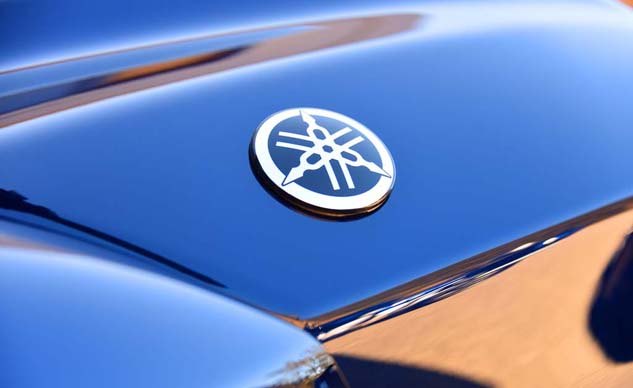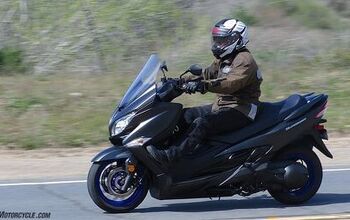Yamaha Motorcycle Sales Down In U.S. While Up Worldwide

Asia grows while Europe flattens and North America shrinks
We have seen many reports recently about millennials not being interested in motorcycling. Around the same time, we saw Harley-Davidson report a 5.7% decline in sales numbers in the first quarter of 2017. The Motor Company cited the aging population of baby-boomers, H-D’s core customer, and the struggle to replace them.
While some may have dismissed claims about Harley-Davidson’s sales numbers not being representative of the entire industry, the latest financial report from Yamaha may change their minds. Yamaha is reporting a similar financial outlook; North American sales are down while international sales are up, leading to a net positive worldwide for the company. This could be attributed to the more essential use of motorcycles in other markets such as Asia while the U.S. has always treated motorcycling more recreationally.
A recent news release about the first half of the fiscal year from Yamaha stated:
Net sales of motorcycle products overall were 509.2 billion yen (an increase of 31.7 billion yen or 6.6% compared with the same period the previous fiscal year), and operating income was 33.8 billion yen (an increase of 15.7 billion yen or 86.8%).
Unit sales in emerging markets such as Vietnam, the Philippines, Thailand, and Taiwan increased, and despite decreasing in Indonesia due to the market slump there, the unit sales figure increased overall. Net sales increased, and operating income increased significantly thanks to the effects of product mix improvements and cost reductions.
Regarding unit sales in developed markets, sales in Europe were on a similar level to the previous year – despite the launch of new products such as the MAX series – due to the impact of environmental regulations. In North America, sales decreased due to weakening demand, leading to an overall decrease in sales. Net sales were on a similar level to the previous year thanks to product mix improvements, and operating income moved into the black.

Ryan’s time in the motorcycle industry has revolved around sales and marketing prior to landing a gig at Motorcycle.com. An avid motorcyclist, interested in all shapes, sizes, and colors of motorized two-wheeled vehicles, Ryan brings a young, passionate enthusiasm to the digital pages of MO.
More by Ryan Adams




























Comments
Join the conversation
As a couple of others have alluded to, I think part of the problem is what is offered in the USA. Some of the potential younger riders are probably intimidated by higher displacement bikes, And, there is an attitude in the USA that smaller displacement bikes are slow and anemic. The bike I started on 20 years ago was a Kawasaki Vulcan 500. That thing had trouble getting up to 65. I test rode a new 300CC bike the other day and it was much better than that Vulcan was. The increased engine efficiency, better design, and improved materials make lower CC bikes a much better alternative today. I bought a used Super Tenere earlier this year, and to be honest I often wish for something smaller and more nimble. I would love to buy an MT07 or something similar.
Test rides on some of these bikes would be a crap shoot it they didn't crash it first time out. Yamaha makes excellent HIGH performance motorcycles. 90% of the buying public do not remotely have the ability to ride them safely. Maybe a highly insured demo bike would be the answer, but loss of life or limb would probably be prohibitive if they could even get insurance for it.